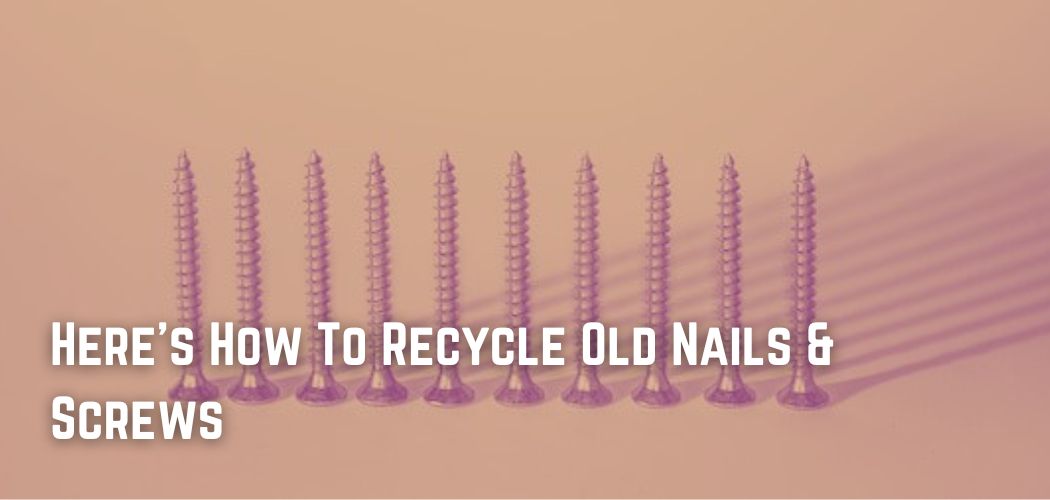Repurpose or recycle old nails and screws instead of tossing them.
Occasionally, stray hardware odds and ends may be just what you need for another project, or they may be useful for a do-it-yourself art project.
These things could be sold as metal scrap or donated to a neighbor who collects stuff for the local metal scrapyard as a last resort.
Copper, iron, steel, aluminum, silver, gold, brass, platinum, and the so-called “rare earth” chemical elements, such as cerium and lutetium, are considered scrap or recyclable metals.
Therefore, the first question you must answer is what material nails and screws are composed of. Are any of these recyclable materials present?
Nails are typically composed of iron, steel, stainless steel, aluminum, bronze, or copper.
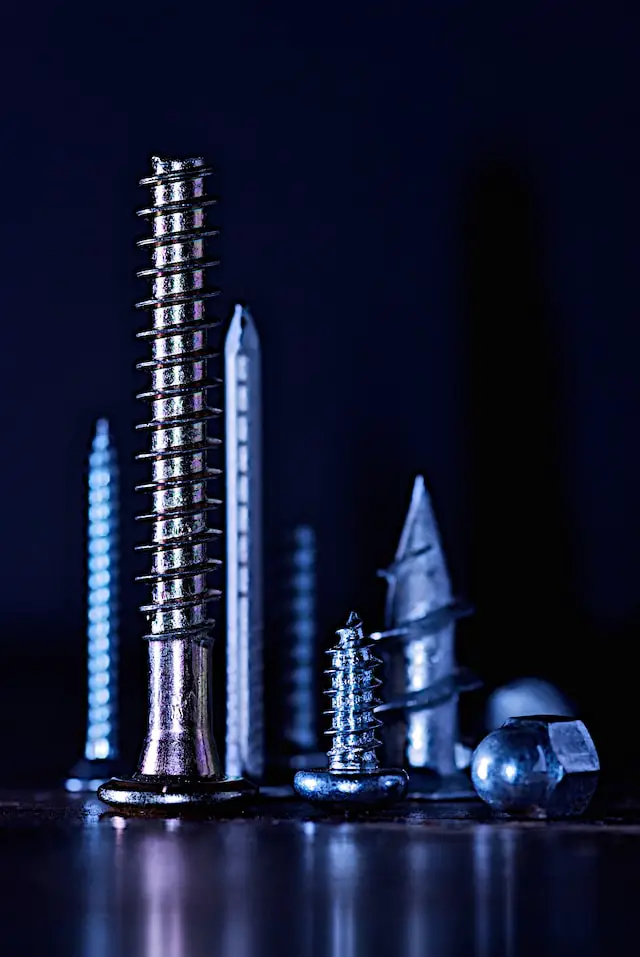
Any metal may be recycled, which has excellent environmental effects. This is not just based on material reuse but also on energy recovery.
Aluminum is the easiest material for recycling firms to recycle. The EPA says that recycling only uses 5% of the energy needed to make the raw material it comes from.
It can be used over and over again, and about 75 percent of all the aluminum ever made is still in use.
From an energy point of view, making a pure metal from a mineral is an inefficient cycle. We can reduce CO2 emissions and save a lot of money on mining and production by recycling all metals.
Can Be Reused
If you know how to weld, scrap hardware is useful for creating a wide range of metal art, from small nuts-and-bolts figures to massive outdoor sculptures. Other area metal artists may be interested in the materials if you decide not to utilize them.
There is a considerable probability that you may find a purpose for basic items, such as nuts and bolts, elsewhere in your home.
The snowblower or lawnmower may require a lock washer rescued from a different part. Your front door may require a new hinge screw. Keep your used hardware in clear metal jars or labeled bins to make it easy to find when you need it.
How Are They Recycled?
Scrap metals from hardware, such as screws, nails, nuts, and bolts, are ferrous metals that may be melted down to form secondary metals and used to manufacture new items, which is advantageous for both the seller or user and the environment.
Simply put, screws and nails can be recycled. The recycling process can be divided into two phases: production and consumption.
As a manufacturer, each step in the post-processing of BDN fasteners, like heading, threading, and pinch pointing, makes a lot of metal waste.
Most of the time, these are picked up and hauled to the yard of a local recycling company for payment based on weight.
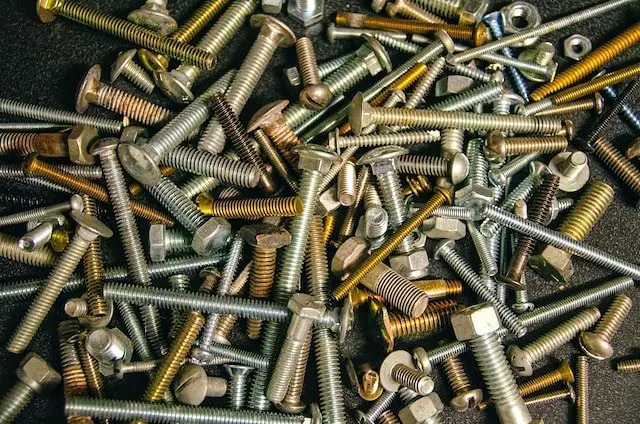
However, recycling a used screw or nail might be somewhat difficult. Even though they are usually made from low- to medium-carbon steel wire, sometimes a few post-processing steps and extra assembly parts are needed to make the finished product.
The first priority is to treat their surfaces.
Most steel screws and nails are fully or partially exposed to the elements, so they need surface treatments like zinc-nickel alloy plating or more advanced and better corrosion-resistant coatings like Rupert or mechanical zinc plating.
If the wrong ingredients are used, these surface treatments can have a significant impact on the environment. When recycling old screws, rubber washers and other finished parts should also be thought of.
Advantages of Reusing Old Nails and Screws
Recycling rusted-out old nails and screws are essential for the majority of handymen. Recycling these small, detailed parts would let you keep doing woodworking and other hobbies without spending too much money.
The following are some of the benefits:
- Better for environment
- Reduce the hassle of purchasing new items.
- Offers increased efficiency.
Check Them Out First
When you remove old hardware from an object you are getting rid of or taking apart, there is a good chance that at least some of that hardware still works.
Those who prefer to keep older homes looking as authentic as possible may seek out historical door hinges and other hardware, for instance.
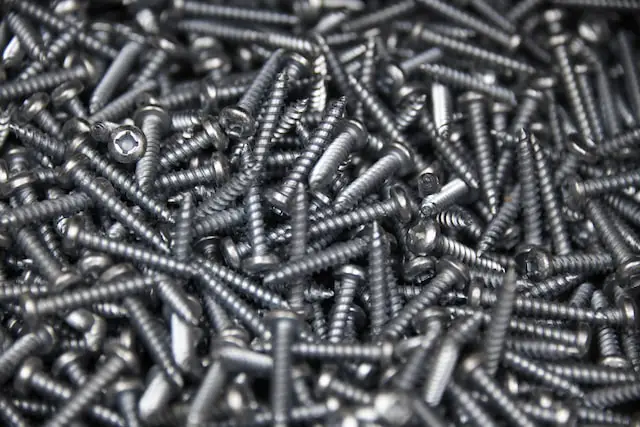
Check out all of the recycled gear and sort it into different piles based on what it will be used for and how good it is. Even old screws that are not stripped or deformed can be reused.
Place the goods that still have some utility in one pile and the corroded or broken items in another. There is still a possibility that the old, rusty, or otherwise broken pieces can be repurposed, though it may take a little more effort to determine their perfect usage.
How To Recycle When There Are Few Of Them
Small amounts of old screws can be thrown away in the most simple way possible: just put them in the gray bin for recyclable trash.
Before the incineration process at the landfill, all recyclable metal parts are separated using large magnets and fed into the recycling process.
Therefore, you can dispose of old screws in the household trash without guilt!
The metal doesn’t get lost in the recycling bin; instead, it’s used in other ways with the help of high-tech sorting equipment. However, only small metal components are recommended for this procedure.
Donate Old Hardware
Organizations like Habitat for Humanity will take usable used hardware, depending on what you have. With the things they accept and sell, the ReStores of the organization are comparable to home improvement stores.
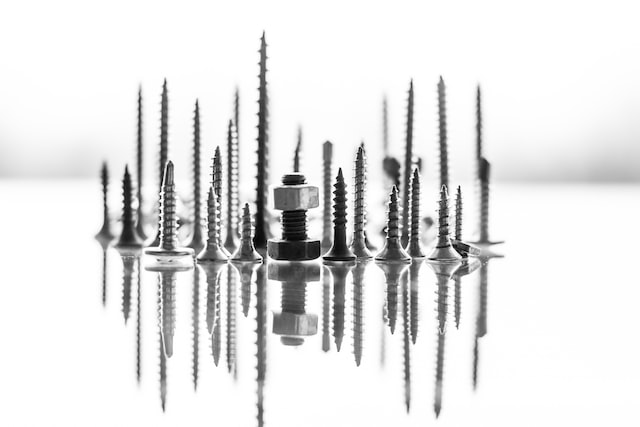
Prior to visiting, you should contact your local ReStore to check that it accepts the type of hardware you have to sell. In this case, it would be prudent to separate items that do not belong together so that they do not have to.
Conclusion
I trust you understand where to recycle nails and screws. As you reuse the nails and screws, you’ll be able to get more done in the future.
It can be difficult to recycle these items, but once you give it a shot, it becomes much simpler.
Everyone should recycle nails and screws because doing so increases their output and decreases their costs.
